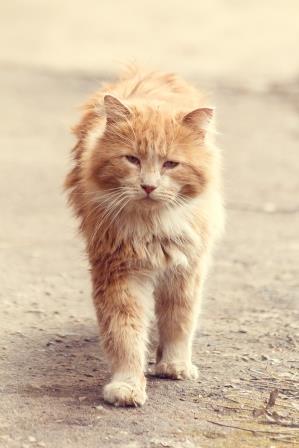If your homeowners association is currently dealing with a feral cat colony or may encounter such an issue in the future, there are certain remedial measures you can take to address the issue. Some of these include:
- Removal. Removing the entire cat colony is an option available to you. This will certainly and immediately address the issue. The downside to this is that it creates what’s called a “vacuum effect” where other nuisance animals, such as mice, rats, raccoons, etc. which were previously not present with the cat colony are now free to move in. And since most feral cat colonies are territorial, vacating yours may unexpectedly invite another to move in as well.
- Feeding Ban. Many feel that feeding the cats is a primary cause of the colony’s location in your community. However, modest feeding by a select few residents does not create the colony. Your community is their home, they live there and regardless of any feedings by residents the cats are resourceful enough to find food on their own. Additionally, if resources become dire for the colony that is when they will begin the annoyance of rummaging through garbage cans, etc.
- Trap, Neuter, Vaccinate, and Release [TNVR]. This method of addressing a feral cat colony in your community will provide you with the best results. Neutering the cats will ensure that the colony’s growth will cease, and through attrition will diminish over time. Neutering also provides the added benefit of reducing the smell, noise, and fighting complaints of the cats’ activities which are associated with mating. Vaccinating them provides some assurance to eliminate the cats from diseases, such as rabies. And releasing them back into your community ensures that another cat colony or nuisance wildlife does not occupy the area.
Having a feral cat colony take up residence in your community is certainly not an ideal situation, but with proper management techniques you can minimize its effects to you and your homeowners.


Recent Comments